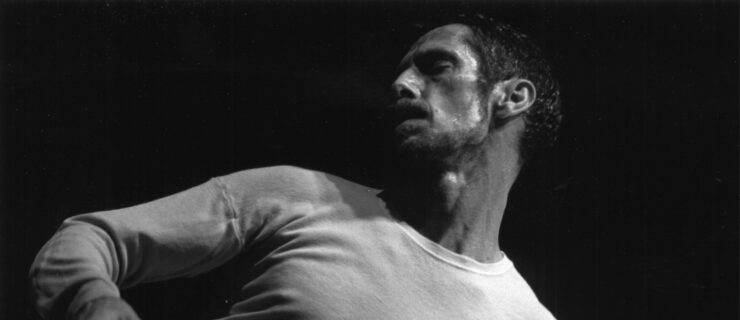A Lifetime of Watching Chita Rivera
By the time I first saw Chita Rivera live, in the original cast of the original production of Chicago, she had been a Broadway star for two decades. The show was terrific, but it had the feel of a kind of valedictory for Chita and her equally venerable costar, Gwen Verdon. In 1975, playing antiheroines from the 1920s, these sensational dancers seemed ever-so-slightly like relics of a Broadway era that was receding into the past. They were, in Chita’s case, just past 40, and in Verdon’s, just past 50, and presumably at the tail end of their careers as leading ladies. I felt very lucky to have experienced the winsomeness of Verdon’s unique stage presence and the electricity conveyed in Rivera’s every move, because it seemed like they were a dying breed.
As it turned out, Chicago was indeed Verdon’s last appearance in a Broadway show. But somehow, amazingly, Chita just went on dancing and singing and acting in one musical after another. She was still at it 40—40!—years later, in 2015, when I watched, awestruck, as she took imperious command of the Lyceum Theatre in Kander and Ebb’s The Visit. Playing the “unkillable” moneybags Claire, she could still kick those amazing legs here and float balletically there, sharp and kinetic as ever, using her entire body, her distinctive singing, and her keen acting chops to create one more utterly indelible character in a collection that had begun with Anita in West Side Story.

Anita and Chita’s other early dazzlers—Rose in Bye Bye Birdie and Anyanka in the mostly forgotten 1964 musical Bajour—were known to me from guest spots on TV variety shows, and it seemed I’d been watching Chita be indelible my whole life. Whether she was flipping her skirt for Robbins or cocking her head for Fosse or just extending an arm for any of the other choreographers she worked with, her technique was impeccable, her energy ferocious. Her dancing had both elegance and directness, qualities not often found in combination. And it wasn’t just when she had larger-than-life roles like Claire to bite into. In Chita Rivera: The Dancer’s Life, she was just Chita, a hard-working member of the ensemble who’d lucked into some fabulous shows and worked with some fabulous people. Yet you couldn’t take your eyes off her.
When Chita was among the recipients of the 2002 Kennedy Center Honors, Hal Prince, in his introduction, described her as one of those people who “carry around their own spotlight.” And that spotlight illuminated everyone Chita played, whether the far-from-glamorous owner of the title arena in The Rink or the embodiment of showbiz razzle-dazzle in Kiss of the Spider Woman—both of which won her Tony Awards.
Speaking of awards, you may have noticed that I’m calling her Chita instead of the more journalistically formal Rivera. It’s not because we were pals. (According to her memoir, her pals called her Cheet.) But in 2017, the Fred and Adele Astaire Awards, which every year honored New York City theater dancers and choreographers chosen by a committee I chaired, morphed into the Chita Rivera Awards; for the first time, I got to see her offstage and off-script. The powerhouse charisma didn’t need a script. The remarkable amalgam of elegance and directness that had struck me when she performed was not a performance. It was her.




